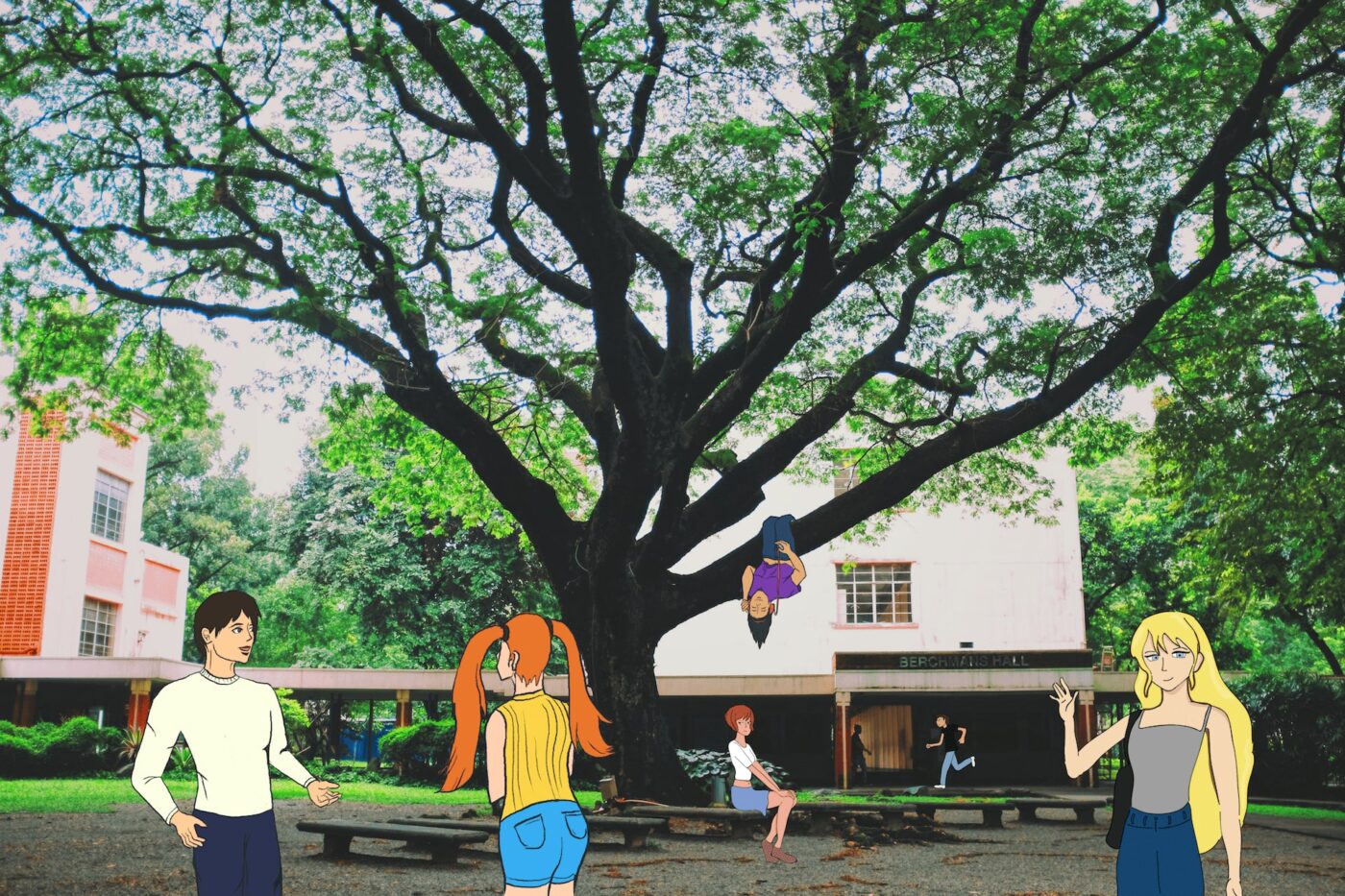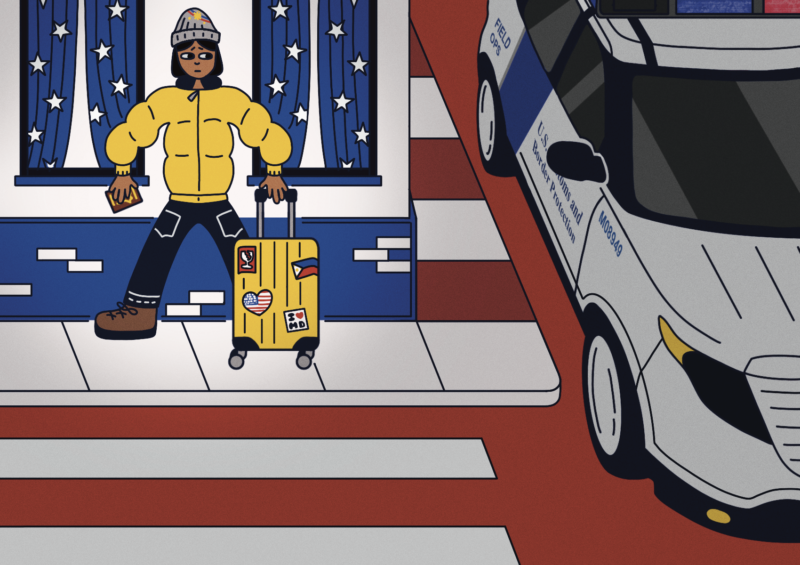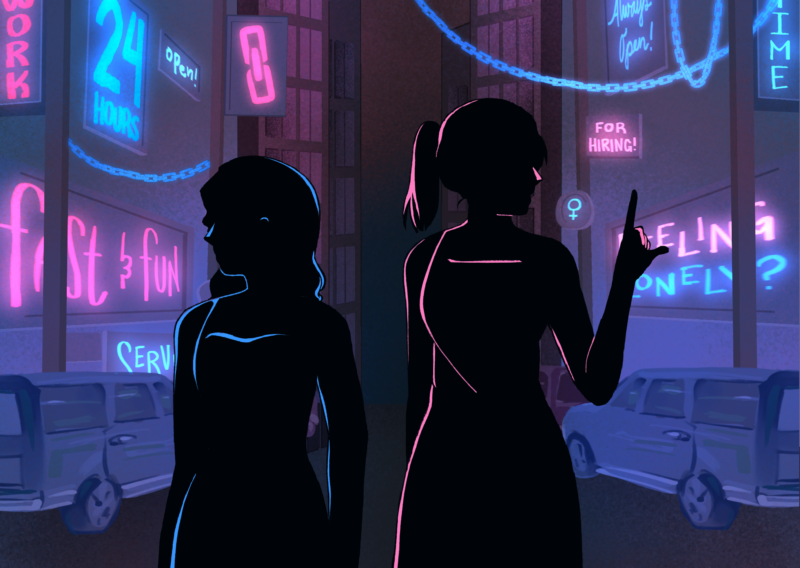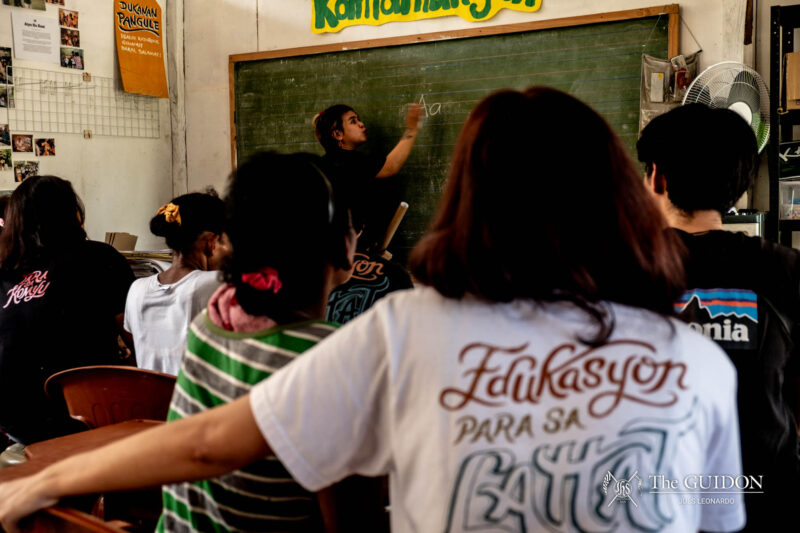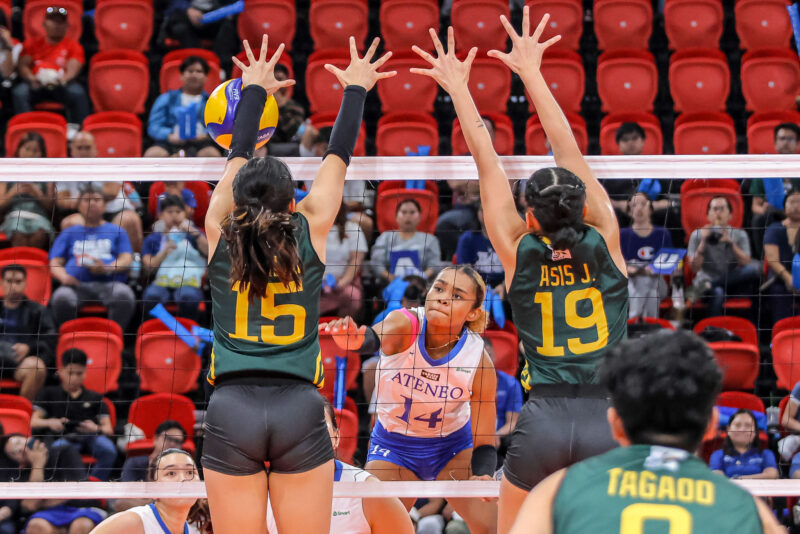Perhaps, you have heard of anime from that friend who doodled them back in grade school, or that video game where you had to collect little creatures with different powers. Or maybe, it was the online videos of people running like Naruto or screaming like Goku.
Anime is a type of animation created and produced by the Japanese, more often than not hand-drawn. While there are particular themes and art styles coherent among all anime, there are different genres tackled within the vast animation style. Examples are the action-filled Dragon Ball Z (1989), sports-themed Free! (2013), and the magical Sailor Moon (1992).
Anime has become a subculture, leading to the creation of events and social groups that has allowed others to become more accepting of it. But as this goes on, there is the question of how anime subculture and communities have grown in the minds of Filipinos.
Talk of the town
Anime was first introduced to Filipinos during the Martial Law period. Some anime series in the ‘70s mirrored the country’s political climate, which was marked by the presence of authoritarian leaders and the emergence of several heroic icons.
Voltes V (1977), aired by television network GMA in 1978, focused on an abusive ruler who exercised violence and corruption. Despite claims made by the late dictator Ferdinand Marcos, speculation circulated that the banning of anime may have been due to its subversive message.
Anime had already developed and carried various themes and plots when it emerged once again in Philippine television; however, it remained a challenge for viewers to fully grasp the context of anime series. “[ABS-CBN] didn’t even translate the white subtitles,” says Kristine Santos, History instructor.
White subtitles refer to captions in the show’s original language that appear at the bottom of the screen. These captions help express the character’s feelings and thoughts. Without a translation, viewers may find it difficult to understand the full context of the anime. Today, however, even without translated subtitles, GMA and ABS-CBN, another Filipino television network, continue to air anime dubbed in Filipino .
The growth of anime—both here and abroad—paved the way for the appreciation of anime in different communities, seen in the recent Naruto Run and Scream like Goku events that both happened in the Ateneo. As the subculture grows more prominent in society, some have associated different stigmas to the way they appreciate anime.
Not boxed in
Anime culture’s diversity can have different kinds of fans. For Sam Eustaquio, Toushin Assistant Vice President for Member Formation, it is the plot-driven storylines that are the most attractive in anime. However, she mentions that some fans also depend on well-received reviews.
Anime stereotypes can also arise depending on one’s initial introduction to the said media. For some, liking anime starts with shows they liked growing up. This then leads to two common correlations: Those who associate anime with nostalgia, and those who see it exclusively for kids.
But anime with darker themes such as suicide and violence can target adults as well. “For those living outside Japan, they’re probably not aware of the anime audience’s wide spectrum [of ages], and just easily stereotype or typecast anime as something for young kids,” says Santos.
Another stigma regarding anime is the weeaboo, used for a person who pushes away their culture in favor of Japanese culture. This comes from a racial slur associated with term “Wapanese” or Westerners trying to imitate Japanese.
“We appreciate it…and [the things that] come out of it, but we’re not claiming it’s better than our [culture],” Eustaquio says of several fans, but observes that some people will not admit watching anime for fear of being branded as weeaboos.
Santos redefines weeaboos as anime fans who at first, look at the superficial appeal of characters, but are “trying to connect and be closer to the anime that they are passionate about.” It’s a phase that everybody goes through, especially when they are young and impressionable.
The danger, however, lies with confusing fiction with reality, especially with themes such as the sexualization of women and eroticism that appear in some anime. “Whatever you see in anime is just a representation, but not a reality of Japanese life, culture, or fantasy,” says Santos.
Eustaquio says she cannot say for sure if the stigma on anime is decreasing, or if the subculture is already accepted within the Ateneo community, as they are still singled out. “Maybe we’re not the stereotype you think we are, maybe we’re just hanging out to have fun,” she says.
Off screen
Community and appreciation has further brought anime stories into reality. They are becoming popular even among non-anime watchers as part of meme or Internet culture. A recent example of this would be the popular Naruto Run, named after the anime and manga, or Japanese comics, Naruto (1997).
Around mid-September, some Ateneans organized the Naruto Run, modeled after events of the same name held in front of Trump Tower and in several universities in the United States. According to organizer and management economics junior Rob Nazal, the event was a spur of the moment. “What we did was [kind of] spontaneous,” he says.
The run kicked off when participants and viewers posted pictures on Facebook. Nazal was surprised to see how quickly the event spread. “A bulk of the people [at the run] were from MVP basement,” he says, referring to the group of students who bond in the area over cards, games, and the like. “A lot of my friends don’t even watch Naruto, but they went to support me and thought it was a fun experience.”
It shows how quickly trends pick up among students beyond anime fans. Whether more events could happen in the future, “It depends on what is trending,” he says. Sometimes, it’s even older anime that is brought back into the light, then people pick up on it.
Santos adds that the expansion of anime through other types of media is not a new concept, starting with manga that are converted to shows. “It’s about trying to tap as much audience as [Japanese content makers] can,” she says on how the creators try to expand their market as much as they can.
While the growing exposure brings in some ridicule, some fans do not mind what others think, opting instead to share their interests with others. “If you are passionate about something, you are going to get backlash for it,” says Eustaquio. It is the same for one who is only more recently getting into anime. “If you enjoy it, it doesn’t matter what other people think. Just go for it,” says Nazal.
Despite the accompanying stigmas, anime is undeniably becoming more popular. Moreover, the expansion of anime in the Philippines has given people the opportunity to express themselves, make friends, and further appreciate Japanese culture and art.
“There are many ways to appreciate anime, and only [its fans] will define how it’s right for [them],” says Santos.

